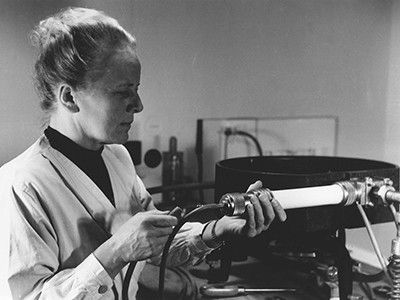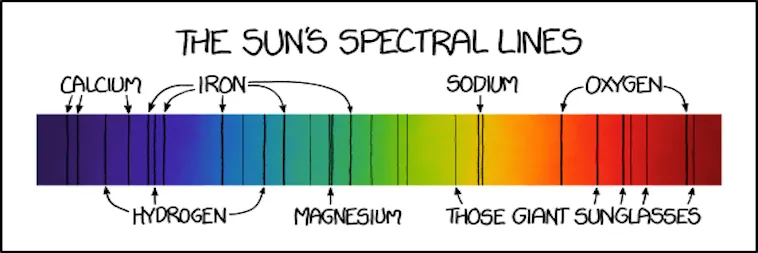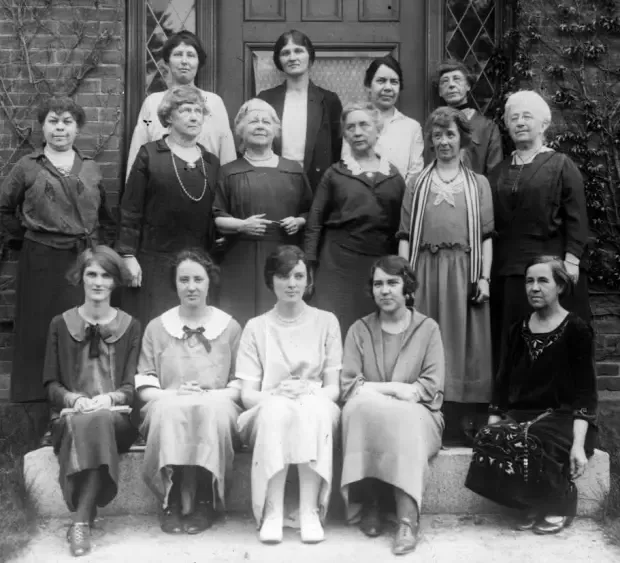Women's History Month: Cecilia Payne-Gaposchkin
Today's feature for women's history month is Cecilia Payne-Gaposchkin - the first to discover the chemical composition of the stars.

Cecilia was born on May 10, 1900, in Wendover, England. At age eight, she decided she wanted to be a scientist after recognizing a bee orchid, after only hearing her mother’s description. While in her first school, Cecilia excelled in many subjects and was familiar with Latin, French, German, Geometry, and how to use a chemical balance. However, after moving to London when she was 12, Cecilia struggled in high school because they favored religion over science, so science was often left behind. At 17, she was studying calculus and coordinate geometry on her own. Her school said there was nothing more they could do for her, and she left. She went to St. Paul’s School for Girls for the remainder of her time.
Cecilia’s biggest goal was to study science at the University of Cambridge, but it was a hefty sum. After earning a scholarship to cover all her funds, Cecilia began studying for a botany degree at At Cambridge’s Newnham College by September 1919. However, unusual for botanists, she was set on studying the physics path. And soon after, she realized her love for the physical sciences. She switched her major to physics and began attending astronomy lectures and working on research on an informal basis. Her dedication to astronomy dropped her grades, and she graduated with second-class honors. After graduation, she moved to America to become an astronomer and obtain her doctorate.

In 1923, Cecilia arrived in Cambridge, Massachusetts, to attend Radcliffe College, a women’s college now part of Harvard University. She quickly began working at Harvard Observatory to calculate the abundance of elements in stars. She started her research by developing a way to quantify the intensity of absorption lines. Then, she worked day and night for an entire year to analyze the spectra of hundreds of stars and develop general principles. After two years, she built a temperature scale for stars that included absorption intensities. The scale allowed her to calculate the abundances of chemical compositions in stars, and soon after, she made some spectacular discoveries. She discovered that stars had similar compositions, regardless of their spectral type, and that the abundance of hydrogen and helium in stars was astronomical. After two years, she had finished the work for her doctoral degree thesis and was the first awarded for work at a Harvard Observatory.

Unfortunately, her supervisor, Harlow Shapley, said it was impossible for hydrogen and helium to overpower presence of other elements in stars and advised her not to claim it in her Ph.D. thesis, so she followed his advice. Her thesis focused on the fact that the sun was almost entirely composed of hydrogen and helium, but she spent much of her time explaining why this could not be right instead of exploring the possibilities. Her thesis was then printed as a book called Stellar Atmospheres. This began the turning point in theories; many said stars were mainly hydrogen. However, after her book became a hit among the astronomy crowd, many began acknowledging her findings as “groundbreaking.”
After obtaining her doctorate in 2 years, she continued working at the Harvard Observatory studying stars of high luminosity and variable stars. In 1930, she wrote the book Stars of High Luminosity. Afterward, she was awarded the Annie J Cannon Award in Astronomy and elected to the American Philosophical Society. She became an American citizen in 1931. In 1933, she met a Russian Astrophysicist, Sergei Gaposchkin, in Germany, and they married a year later. They had three children after setting up a home in Lexington, Massachusetts.
In 1954, she published another book Variable Stars and Galactic Structure. In 1956, she was the first woman to be appointed full professor and the first to chair a department. She retired in 1966 but continued her research work at the observatory. In 1976, the American Astronomical Society awarded Cecilia the Henry Norris Russell Prize.

She died of lung cancer on December 7, 1979, at age 79. Her body was donated to science and then buried in Tewksbury, Massachusetts. She was also awarded an honorary degree from Cambridge University in 1984 for her work. On the moon, the crater ‘Payne-Gaposchkin’ was also named in her honor.